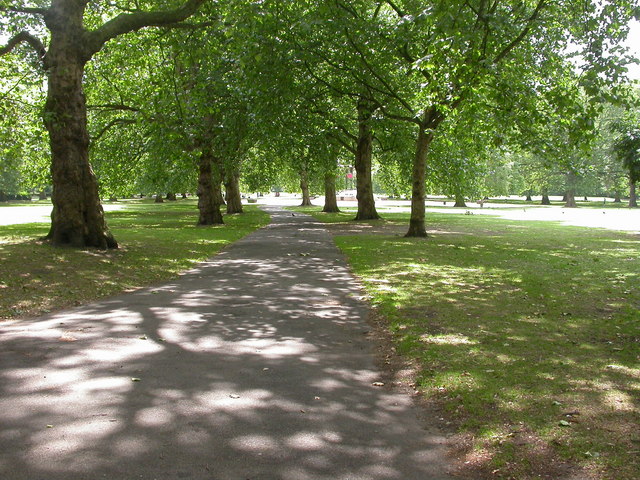
Southwark Park, London. Photograph: Mike Faherty. Licensed for reuse under a Creative Commons License
The benefits of urban parks are well told. Quite apart from their environmental impact, green spaces really do make a difference to our quality of life: from health to housing, community cohesion to crime prevention, city parks generate spin-offs extending far beyond their green acres.
They also cost money. Even before the economic crisis of 2008, the Commission for Architecture and the Built Environment was highlighting the challenges of maintaining urban parkland:
“We risk a never-ending cycle of large areas of poor quality urban green space that are restored with public money, then decline, then need more public investment to restore them to a good standard.”
In the age of austerity, those challenges have intensified: between 2010/11 and 2012/13 local authority spending on open spaces in England was cut by an average of 10.5%. Now, more than ever, local authorities have to think more imaginatively about sources of revenue and capital funding for urban green spaces.
Last summer, the Policy Exchange think tank came up with some ideas for attracting more money to maintain urban parks. These included:
- extending the Gift Aid scheme to community civic improvement groups;
- requiring new green spaces to include a long term funding plan;
- allowing communities and local authorities to apply for funding to employ park keepers in those spaces identified as crime hotspots.
The report also encouraged the idea of green benefit districts. Also known as park improvement districts, these are urban parks, gardens, and green spaces whose upkeep is funded in part by a tax on nearby residents.
It’s an approach that echoes the concept of business improvement districts, defined areas where participating businesses pay a levy for security, landscaping and other improvements to their trading environment.
Some communities in San Francisco are already exploring the idea, teaming up with housing developers to establish a green benefit district that aims to protect and enhance 25 small parks, community gardens and ad hoc recreation spaces.
In the UK, green benefit districts might prove to be a harder sell. Many people feel that they are already contributing quite enough for the maintenance of parks through the council tax, and the Policy Exchange report stressed that the idea would not be appropriate in deprived areas.
But the authors suggested that home owners living near parks might be persuaded to pay more for amenities that raise the value of their properties. An analysis of price increases of homes in south London before and after a £2.7m regeneration of Southwark Park revealed a significant increase in prices of properties located within 100m of the park. The report could not conclude that this increase was due to renovation of the park, but suggested that the link between green space quality and property prices was worth further investigation.
The green benefit districts idea has received a cool response from coalition ministers, who suggest that cutting waste and inefficiency in local government is preferable to additional taxation. But, with the prospect of councils’ budgets being squeezed further in the coming years, the idea of green benefit districts might well take root.
Further reading
The Idox Information Service has a wealth of research reports, articles and case studies on urban green space. Items of interest include:
The contribution of green and open space in public health and wellbeing
Future parks (Birmingham City Council seeking NHS funding for upkeep of parks)
Time to re-think parks (innovative income generation for public parks)
Park land: how open data can improve our urban green spaces
Rethinking parks: exploring new business models for parks in the 21st century
N.B. Abstracts and access to subscription journal articles are only available to members.
Share
Related Posts
Supporting residents on the decarbonisation journey: leveraging data for effective retrofit projects
As the drive towards decarbonisation intensifies, the social housing sector’s ability to collect, store and manage vast amounts of data becomes increasingly critical. With a shared goal of creating warmer, carbon-free homes, housing associations’ strategic use of data is essential ....
The recent spikes in energy costs have thrown into sharp focus the challenge of heating our homes. Domestic heating is important, not just for our comfort and wellbeing, but to reduce humidity and prevent condensation. But because traditional heating systems ....
Tackling geographical inequalities is critical for ensuring that all parts of the country have the potential to prosper. When the UK was a member of the European Union, it was entitled to a share of funding from the EU’s structural ....
By Ian Babelon A new-old concept for proximity “Are we there yet?” Parents may patiently nod to their children’s insistent nudges on a 20-minute journey to… somewhere. Quite rightly, researchers have asked: twenty minutes to what? The answer may well ....
